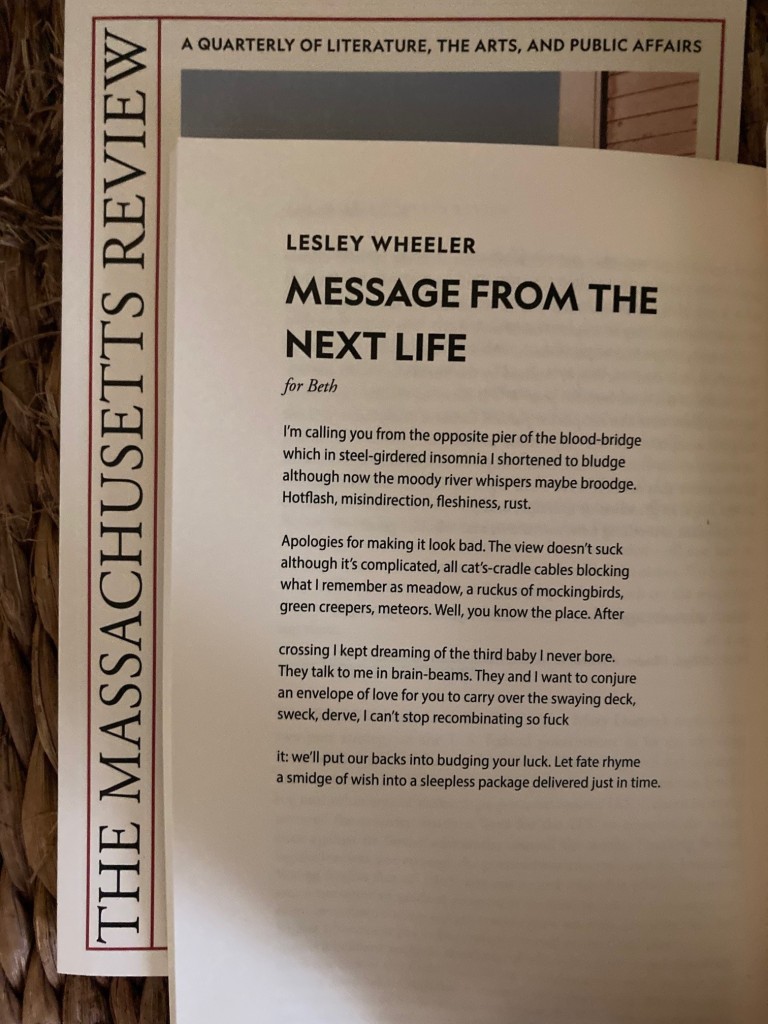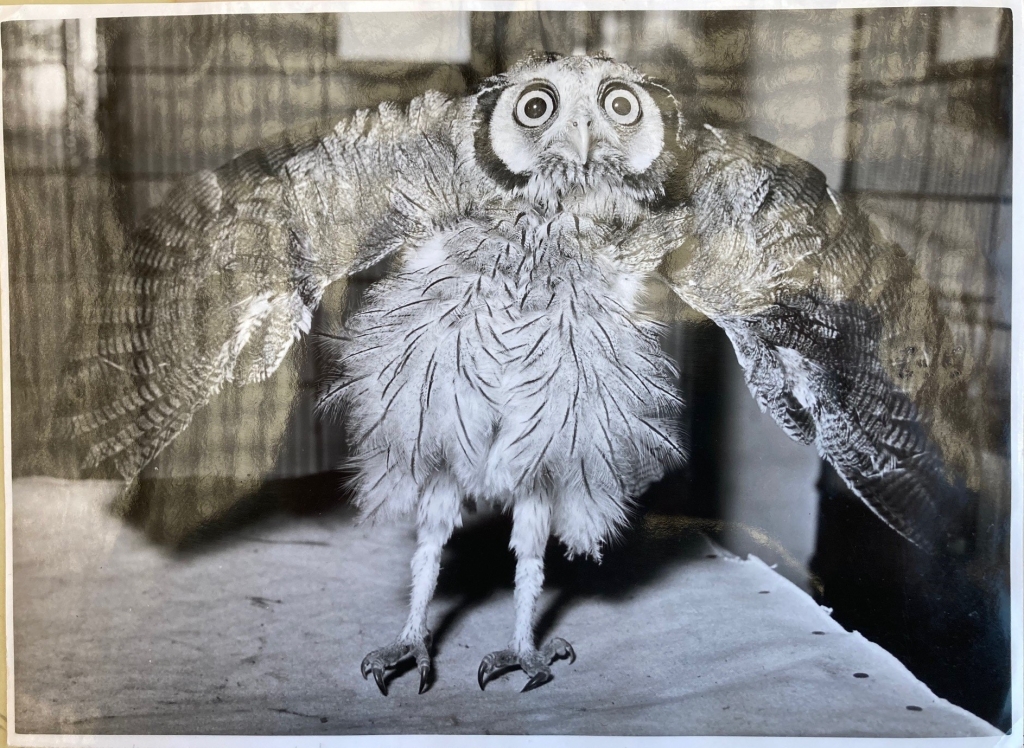It’s funny what you find in a literary archive–less than you expect, and more.
Since I last posted, I spent nearly a week reading the poet H.D.’s papers at the Beinecke Library at Yale, then another week-plus sorting through my notes and beginning to draft an experimentally shaped essay on her use of the Tarot (lord knows where I’ll submit it when it’s done, but that will be a while). Before I studied the collection’s Finding Aid, I had a dream of handling one of her actual Tarot decks, but they seem to be long gone. Instead I pored through her correspondence with old friend Viola Baxter Jordan–who had long before met Ezra Pound at a Hamilton dance and dated William Carlos Williams–because they corresponded about occult matters that H.D. hid from many other confidantes, for fear of ridicule. I found one crucial letter with clues. I’d hoped for more, but it’s enough. Now I’m reading about the history of Tarot and Hermetism to understand more about the cards of the time as well as what the heck H.D. is referring to with all her zodiac angels (H.D. spent much more time with astrology, numerology, and Christian interpretations of Kabbalah than with the Tarot).
I also found myself riveted by H.D.’s unlikely friendship with Jordan. They came from similar backgrounds but made such different choices. Jordan raised a family in suburban Bergen County, NJ, almost exactly where I grew up, although she was an unusual Republican suburbanite in visiting Ezra in St. Elizabeth’s and chatting by phone with Flossie and Bill Williams. Meanwhile, H.D. was living polyamorously in Britain, France, and Switzerland–her partner, Bryher, was spectacularly wealthy–and making and publishing all kinds of art, from poetry to film (see Borderline, directed by H.D.’s lover and starring H.D. and Paul Robeson). H.D. was an analysand of Freud’s; Bryher then helped Freud escape from Vienna. Obviously Jordan was H.D.’s anchor to a former world, but it was more than that; they butted heads sometimes (Jordan became horrifyingly racist as she aged), but neither was predictable in their interests or prejudices, and both were truly kind to each other.
Did reading the whole correspondence help my work? Not really. But aside from enjoying how scathing Jordan could be in literary gossip, I recognized bits of myself in the letters, especially as aging makes both women get metaphysical and reevaluate their lives.
As to this post’s featured photograph of a Scops owl: H.D. broke her hip and was recovering in Küsnacht, Switzerland when she was struck by this image printed in The Listener (May 9, 1957). Her poem “Sagesse” describes him as “a fool, a clown” making faces in the London Zoo, but also addresses His Comic Highness with a sort of prayer:
May those who file before you feel something of what you are--that God is kept within the narrow confines of a cage, a pen... (Hermetic Definition, 59)
As I smiled at the photograph, I realized I’d come to the point that archival work feels physically taxing. My own injuries were much easier to cope with than H.D.’s, and it’s a privilege to work in an archive (subsidized by a small grant from my college, no less), yet traveling was hard, and bending over files for hours at a time hurt. It felt healthy, though, to spend time conjuring a writer who did her best work as she aged, writing Trilogy in her fifties as well as novels, memoirs, and other great poems in the decades after. Her owl is a Fool, Tarot-wise, and a figure for beginnings rather than denouements.
Not much new here, otherwise. My life is interior, though not encaged, as I try to change pace and get healthier after a long hard year of chairing my department (I was free as of yesterday, July 1). I did come home, though, to find a copy of this publication about aging that’s also very much about an ongoing conversation with a friend. Thanks, Massachusetts Review.


2 responses to “H.D. and my owlish, Fool-ish life”
Enjoying this journey you are sharing with us. I too have an owlish FOOL ish life but I’m on another road entirely… one of my third act making. No maps. Fun despite the occaszional pivoting.
LikeLiked by 1 person
[…] Lesley Wheeler, H.D. and my owlish, Fool-ish life […]
LikeLike